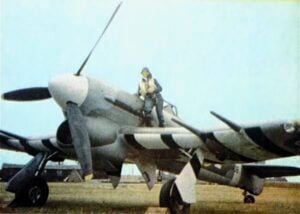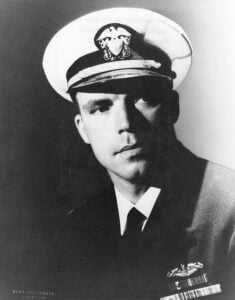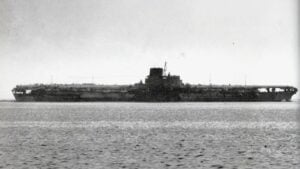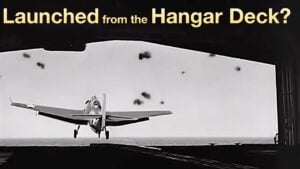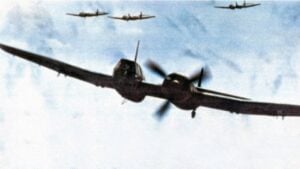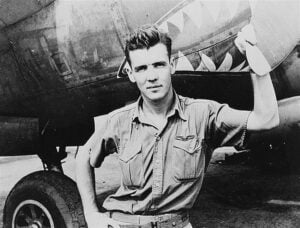Ingenious WWII Mission Where B-25 Bombers Destroy 60 Japanese Planes Across Four Airfields
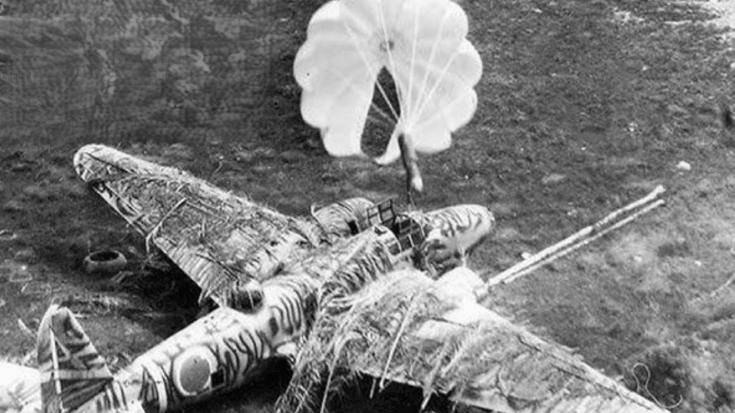
WWII US Bombers / YouTube
In early 1944, the U.S. Fifth Air Force carried out one of the most carefully planned air missions in the Pacific theater. The target was a group of Japanese-controlled airfields near Wewak, New Guinea. The Japanese had been steadily building up aircraft in the area, and by February, there were over 100 planes stationed across four major airfields: Boram, Wewak, Dagua, and But.
These airfields were well-defended and the aircraft were spread out, making direct bombing ineffective. To solve this, the Fifth Air Force developed a plan to lure the Japanese into parking their aircraft close together, wingtip to wingtip, by misleading them into believing that two of the four airfields were under attack.
The Setup: Luring the Enemy
On February 3, 1944, the first phase began. The Americans wanted the Japanese to move their planes from Boram and Wewak to Dagua and But, where they believed it would be safer. To do this, B-24 bombers, escorted by fighters, launched high-altitude bombing runs on Boram and Wewak. These raids dropped a mix of 1,000- and 2,000-pound general-purpose bombs.
The purpose of the high-altitude bombing was not just to damage the airstrips, but also to ensure that the Japanese had time to respond. The idea was to alert their early warning system, causing the aircraft to take off before the bombs hit. As a result, the airstrips were cratered and left unusable. The Japanese then flew their planes to Dagua and But, unknowingly falling into the trap.
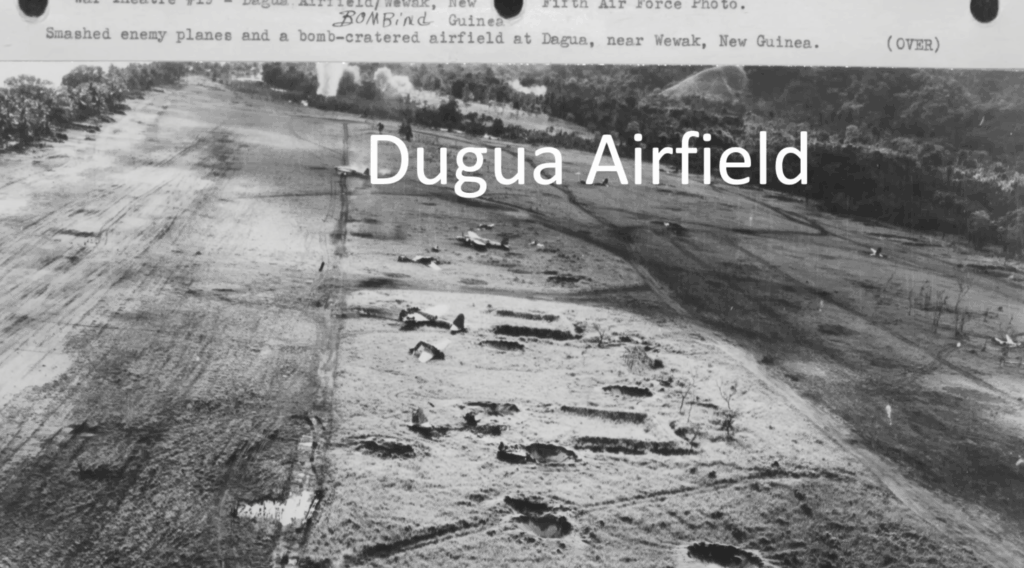
Airfield Conditions and Enemy Strength
The four targeted airfields had dirt runways, which were easy to crater but difficult to repair. Boram was the closest to U.S. bases at 4,600 feet long, while Dagua was the longest at 6,700 feet. Intelligence estimated 108 Japanese planes across the four airfields, with 36 at Boram, 22 at Wewak, 33 at Dagua, and 17 at But.
The bombing at Wewak lasted from 10:09 a.m. to 1:20 p.m. and involved 25 B-24s. They dropped both instant-fused and delayed-fuse bombs to create larger craters. The attack left the runway unusable and destroyed six planes on the ground. Boram was hit between 10:55 a.m. and 12:15 p.m. by 33 B-24s, releasing 288 instant-fused 1,000-pound bombs. Anti-aircraft fire at Boram was intense but caused no losses.
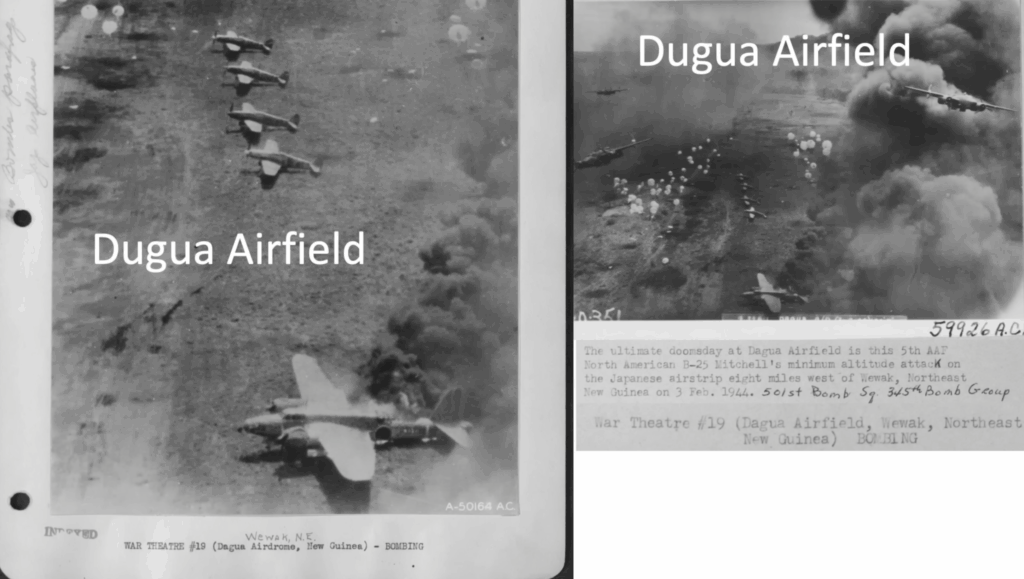
The Trap Is Sprung
With the Japanese planes now concentrated at Dagua and But, the second phase of the mission was launched. This involved 62 B-25 bombers flying at low altitude and attacking the parked aircraft using machine gun strafing and a special type of bomb called a parafrag. These bombs, designed for use against parked aircraft, deployed small parachutes to slow their descent, allowing them to detonate just above ground for maximum damage.
At Dagua, 40 B-25s attacked in a six-minute strike starting at noon. They dropped 250 parafrag clusters, releasing a mix of 100- and 23-pound fragmentation bombs. In addition to the bombs, over 14,000 rounds of .30 and .50 caliber ammunition were fired during the low-level run. The Japanese planes, lined up along the runway, were caught off guard.
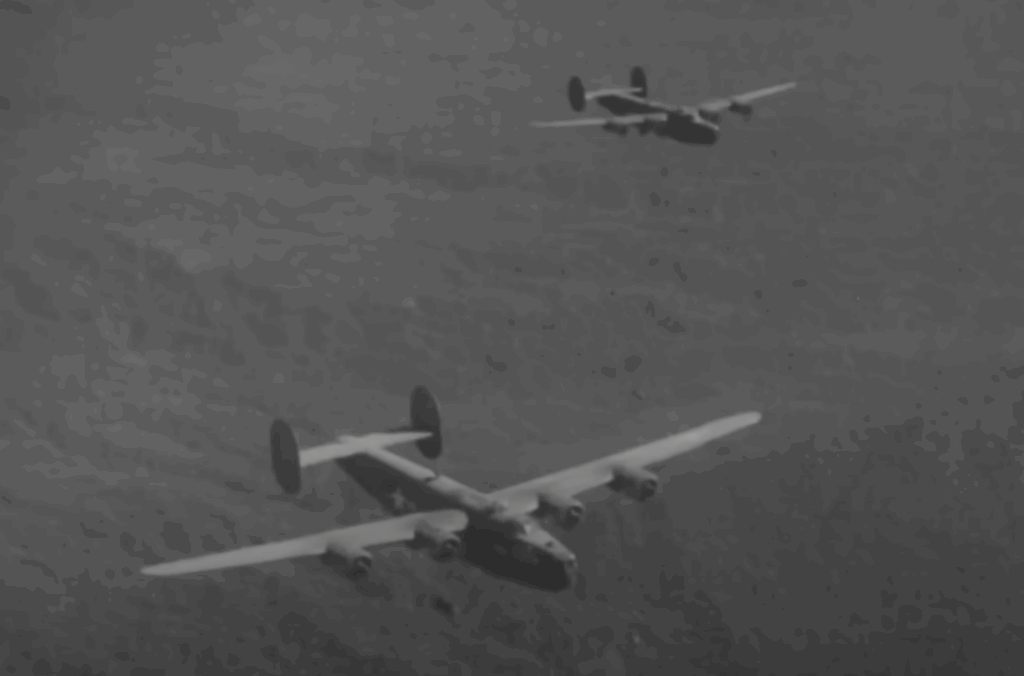
Final Strikes and Results
At But, the attack began at 12:08 p.m. and lasted 10 minutes. It involved 22 B-25s that dropped 245 parafrag clusters and 108 demolition bombs. Over 39,000 rounds of ammunition were used during the attack. Anti-aircraft fire was accurate and intense, but still no American planes were lost.
In total, 60 Japanese aircraft were destroyed and 20 more were damaged. Fourteen were downed in air-to-air combat, 35 were destroyed on the ground at Dagua, and 11 were eliminated across Boram, Wewak, and But. The Fifth Air Force achieved this with no aircraft losses of their own.
General Kenny later described how the Japanese had been tricked into moving their planes to the exact locations the Americans wanted to strike. The surprise, low-altitude attacks were well-coordinated, with engines still running on the parked planes as ground crews worked on them. The mission showed how strategy, deception, and timing could combine for a major success in the Pacific war effort.














